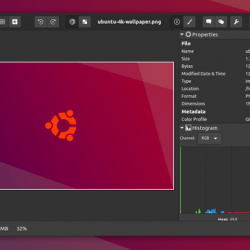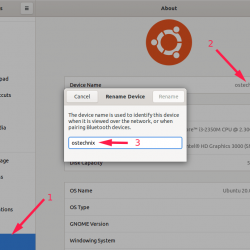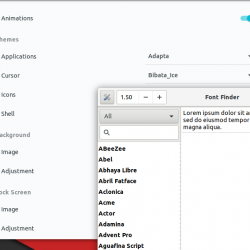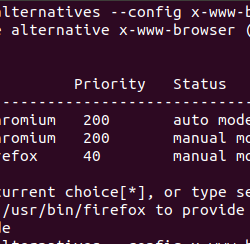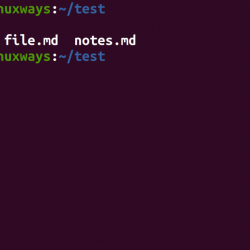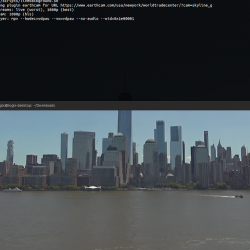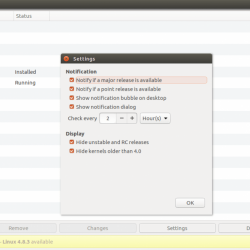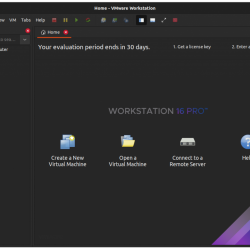本教程将向您展示如何在 Debian Linux 操作系统上安装 MySQL 数据库服务器。 MySQL 是用于 Web 应用程序的流行数据库选择,并且是广泛使用的 LAMP 开源 Web 应用程序软件堆栈(和其他“AMP”堆栈)的核心组件。
安装 MySQL 服务器
打开终端或使用 ssh 登录。 键入以下命令进行安装:
# apt-get install mysql-server-5.1
Reading package lists... Done Building dependency tree Reading state information... Done The following packages were automatically installed and are no longer required: libxcb-render-util0-dev xulrunner-1.9.1 libxcb-render-util0 Use 'apt-get autoremove' to remove them. Selecting previously deselected package libnet-daemon-perl. (Reading database ... 159847 files and directories currently installed.) Unpacking libnet-daemon-perl (from .../libnet-daemon-perl_0.43-1_all.deb) ... Selecting previously deselected package libplrpc-perl. Unpacking libplrpc-perl (from .../libplrpc-perl_0.2020-2_all.deb) ... Selecting previously deselected package libdbi-perl. Unpacking libdbi-perl (from .../libdbi-perl_1.612-1_amd64.deb) ... Selecting previously deselected package libdbd-mysql-perl. Unpacking libdbd-mysql-perl (from .../libdbd-mysql-perl_4.016-1_amd64.deb) ... Selecting previously deselected package mysql-client-5.1. Unpacking mysql-client-5.1 (from .../mysql-client-5.1_5.1.49-3_amd64.deb) ... Selecting previously deselected package mysql-server-core-5.1. Unpacking mysql-server-core-5.1 (from .../mysql-server-core-5.1_5.1.49-3_amd64.deb) ... ... ,...
您将被提升为 mysql 设置密码 admin “root”用户:


启动/停止/重新启动 MYSQL 服务器
MySql 将在启动时启动。 您还可以手动(以 root 身份)键入以启动/停止/重新启动服务器:
# /etc/init.d/mysql start # /etc/init.d/mysql stop # /etc/init.d/mysql restart # /etc/init.d/mysql status
或者
# service mysql start # service mysql stop # service mysql restart # service mysql status
MySql 服务器配置
MySQL 数据库服务器配置文件位于 /etc/mysql/my.cnf。 使用文本编辑器(例如 vi)编辑文件,键入:
# vi /etc/mysql/my.cnf
# # The MySQL database server configuration file. # # You can copy this to one of: # - "/etc/mysql/my.cnf" to set global options, # - "~/.my.cnf" to set user-specific options. # # One can use all long options that the program supports. # Run program with --help to get a list of available options and with # --print-defaults to see which it would actually understand and use. # # For explanations see # https://dev.mysql.com/doc/mysql/en/server-system-variables.html # This will be passed to all mysql clients # It has been reported that passwords should be enclosed with ticks/quotes # escpecially if they contain "#" chars... # Remember to edit /etc/mysql/debian.cnf when changing the socket location. [client] port = 3306 socket = /var/run/mysqld/mysqld.sock # Here is entries for some specific programs # The following values assume you have at least 32M ram # This was formally known as [safe_mysqld]. Both versions are currently parsed. [mysqld_safe] socket = /var/run/mysqld/mysqld.sock nice = 0 [mysqld] # # * Basic Settings # user = mysql pid-file = /var/run/mysqld/mysqld.pid socket = /var/run/mysqld/mysqld.sock port = 3306 basedir = /usr datadir = /var/lib/mysql tmpdir = /tmp language = /usr/share/mysql/english skip-external-locking # # Instead of skip-networking the default is now to listen only on # localhost which is more compatible and is not less secure. bind-address = 127.0.0.1 # # * Fine Tuning # key_buffer = 16M max_allowed_packet = 16M thread_stack = 192K thread_cache_size = 8 # This replaces the startup script and checks MyISAM tables if needed # the first time they are touched myisam-recover = BACKUP #max_connections = 100 #table_cache = 64 #thread_concurrency = 10 # # * Query Cache Configuration # query_cache_limit = 1M query_cache_size = 16M # # * Logging and Replication # # Both location gets rotated by the cronjob. # Be aware that this log type is a performance killer. # As of 5.1 you can enable the log at runtime! #general_log_file = /var/log/mysql/mysql.log #general_log = 1 # # Error logging goes to syslog due to /etc/mysql/conf.d/mysqld_safe_syslog.cnf. # # Here you can see queries with especially long duration #log_slow_queries = /var/log/mysql/mysql-slow.log #long_query_time = 2 #log-queries-not-using-indexes # # The following can be used as easy to replay backup logs or for replication. # note: if you are setting up a replication slave, see README.Debian about # other settings you may need to change. #server-id = 1 #log_bin = /var/log/mysql/mysql-bin.log expire_logs_days = 10 max_binlog_size = 100M #binlog_do_db = include_database_name #binlog_ignore_db = include_database_name # # * InnoDB # # InnoDB is enabled by default with a 10MB datafile in /var/lib/mysql/. # Read the manual for more InnoDB related options. There are many! # # * Security Features # # Read the manual, too, if you want chroot! # chroot = /var/lib/mysql/ # # For generating SSL certificates I recommend the OpenSSL GUI "tinyca". # # ssl-ca=/etc/mysql/cacert.pem # ssl-cert=/etc/mysql/server-cert.pem # ssl-key=/etc/mysql/server-key.pem [mysqldump] quick quote-names max_allowed_packet = 16M [mysql] #no-auto-rehash # faster start of mysql but no tab completition [isamchk] key_buffer = 16M # # * IMPORTANT: Additional settings that can override those from this file! # The files must end with '.cnf', otherwise they'll be ignored. # !includedir /etc/mysql/conf.d/
连接到 MySQL 服务器
输入以下命令:
$ mysql -u root -p
-u root:登录为 admin 根用户。
-p :提示输入 root 用户密码。


